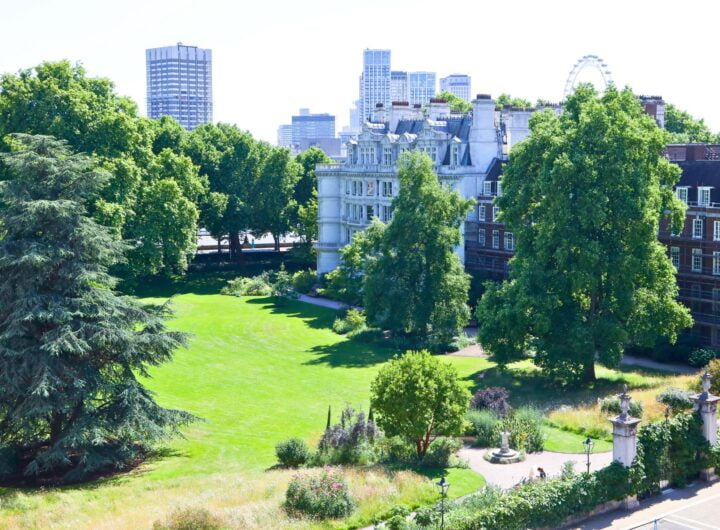By Jenny Hullock, Venue Manager, 76 Portland Place
One of the biggest hurdles facing event organisers is time. Researching new venues is time consuming and often overwhelming, particularly in the capital, where the choice and possibilities appear endless.
Due to busy schedules and heavy workloads, it can be tempting for you to select the same ‘tried and tested’ venues for forthcoming events, but stepping out of the comfort zone and sourcing new alternatives can be hugely rewarding. In doing so you’re likely to deliver an exciting, high impact, innovative function for your target audience, who will welcome the fresh approach.
One way to do this is by attending promotional events, and the beauty of these is that they are held, more often than not, out of working hours, either as breakfast briefings, or early evening tasting events, so you need not interrupt your working day.
1) Build relationships
You get to meet the managerial, operational and event personnel in person, and in addition to getting a tour of the building and the function rooms, you get to ask all the important questions that you would otherwise ask over the phone, or fire backwards and forwards on email. First impressions count, and you’ll get to decide whether you’ll be able to strike up a good working relationship and rely on the team to deliver a first-class event that packs a punch.
2) See it dressed
Nowadays more and more venues offer 360° visualisation tours on their website, which is an excellent tool for getting a feel for the venue in an instant, but nothing can compare with seeing a venue in person and soaking up the atmosphere. Promotional events enable guests to get a real sense of the ambience, style, and personality of the venue first hand – and see how the rooms look dressed and ready for an event in all their finery. This is also a great opportunity for you to gather design and detailing ideas such as flowers, lighting, tableware, layout, technology, entertainment and themes.
3) Sample the menu
Rather than sampling the food and wine after an agreement has been made (taking up more of your time), you’ll get to sample a selection of the menu from the onset which will give you a valuable insight into what is available and, importantly, whether they can meet your catering requirements – everything from creating bespoke menus and tastings, having attentive and professional waiting staff to hand, to sourcing locally grown and sustainable produce.
4) Explore the facilities
Whether you are planning a product launch, conference, private or corporate function, the chances are you will have a long list of requirements, and you will be able to explore the facilities to see whether they fulfil your needs. Assess the state-of-the-art AV capabilities, high speed wireless internet, air conditioning, flexible seating and enquire as to whether there is an IT support team readily available on the day.
5) Network with peers
Lastly, you’ll get to meet and share ideas, tips and knowledge with other like-minded event organisers while taking in the surroundings and chatting over coffee or a glass of fine wine.
Speciality cheese and wine event at 76 Portland Place
So why not put all of this to the test? If you are looking for a central London venue for an upcoming event, 76 Portland Place will be holding a promotional evening on Thursday 23 February from 5.30pm to 8pm. With an inspiring selection of British cheeses and some carefully chosen wines to complement, guests can enjoy the outstanding catering and have the opportunity to enjoy a tour around the meeting and event facilities available.
To register your interest, please RSVP to [email protected].



